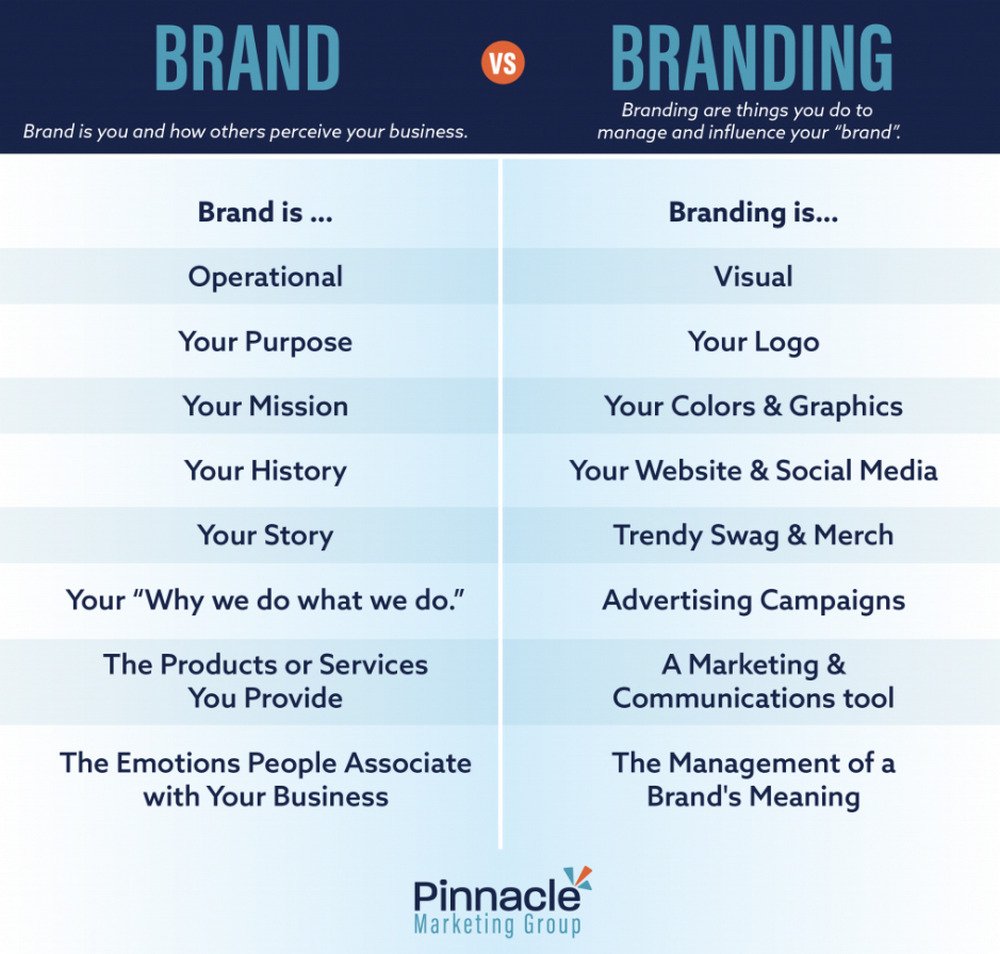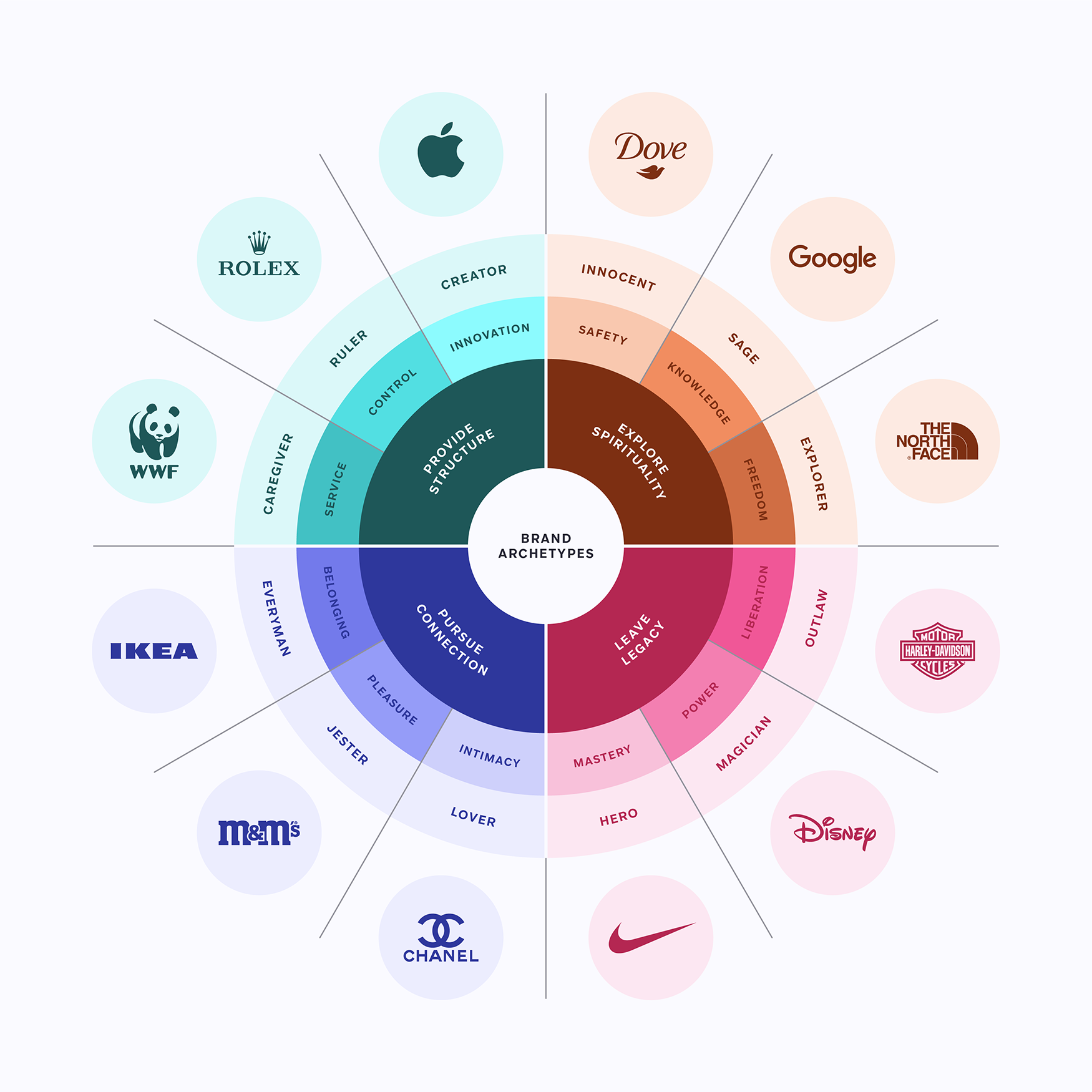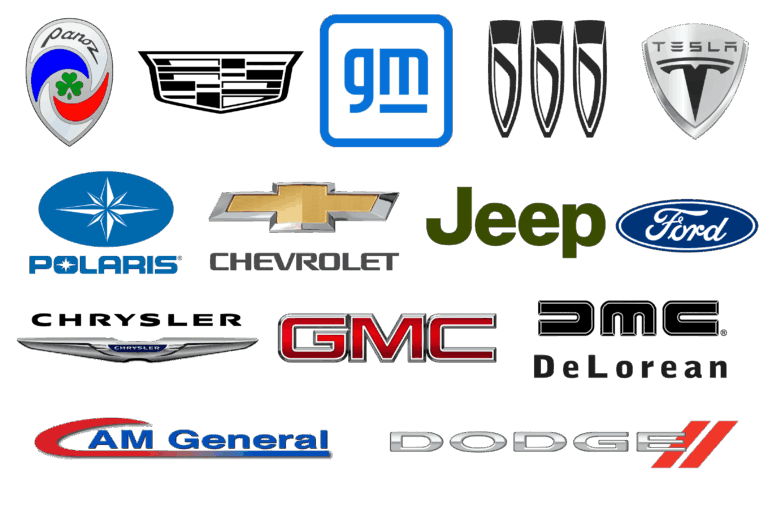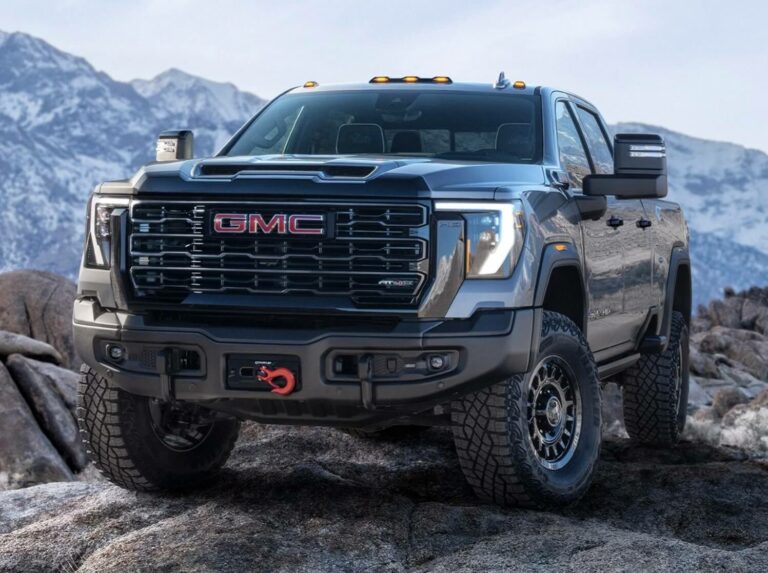Brand New Cars Under $5000: Navigating the Dream and the Reality
Brand New Cars Under $5000: Navigating the Dream and the Reality cars.truckstrend.com
The allure of a brand new car is undeniable: that pristine scent, the untouched interior, the full manufacturer’s warranty, and the peace of mind of being the first owner. Now, imagine achieving all of that for less than $5,000. It’s a dream that many prospective car buyers harbor, especially those on a tight budget. But is it a dream that can actually come true in today’s automotive landscape?
This comprehensive guide will delve into the concept of "Brand New Cars Under $5000." We’ll explore the widespread desire for such vehicles, confront the stark realities of the modern auto market, explain why this price point for new cars is virtually non-existent, and, most importantly, provide practical, actionable advice for those with a $5,000 budget seeking reliable transportation. While the direct answer to finding a truly brand new car under $5,000 is almost universally "no," understanding why that’s the case and what realistic alternatives exist is crucial for making an informed purchasing decision.
Brand New Cars Under $5000: Navigating the Dream and the Reality
The Myth of the Sub-$5,000 Brand New Car
Let’s address the elephant in the showroom: In almost all developed markets globally, and even in many developing ones, a truly brand new car for under $5,000 USD is a myth. The idea stems from a bygone era, or from a misunderstanding of global manufacturing costs and market dynamics.
Why They Don’t Exist Anymore:
- Manufacturing Costs: Producing a vehicle, even a very basic one, involves immense costs. Research and development, design, raw materials (steel, plastic, rubber, glass, precious metals for catalytic converters), complex machinery, energy consumption, and the highly skilled labor force required all add up. These costs have steadily risen over decades.
- Safety Regulations: Modern cars, regardless of their price point, must adhere to stringent safety standards. These include crumple zones, airbags (multiple of them), anti-lock braking systems (ABS), electronic stability control (ESC), and increasingly, advanced driver-assistance systems (ADAS). Incorporating these features significantly increases manufacturing complexity and cost.
- Emissions Standards: Environmental regulations globally demand cleaner engines, leading to sophisticated exhaust systems and engine management technologies. These are expensive to develop and implement.
- Technology Integration: Even the most basic new cars today feature standard amenities like air conditioning, power windows, central locking, and infotainment systems (even if simple). These technologies weren’t standard on entry-level vehicles decades ago and add to the price.
- Logistics and Dealership Markups: Transporting vehicles from the factory to dealerships, marketing, and the dealership’s overheads (staff, facilities, profits) all contribute to the final sticker price.
- Inflation and Economic Shifts: The purchasing power of $5,000 has diminished considerably over time. What could buy a basic new car in the 1960s or 70s is a fraction of the cost of manufacturing one today.

Historical Context vs. Current Reality:
There was a time, perhaps decades ago, when extremely rudimentary vehicles in certain emerging markets might have approached this price point. The most famous example is the Tata Nano from India, which launched with an ambitious price tag of around $2,500 USD in 2009. However, even the Nano faced cost escalations, safety concerns, and ultimately struggled with sales, leading to its discontinuation. Today, even the cheapest new cars sold globally (e.g., in India, China, parts of South America) typically start at $8,000 to $12,000 USD equivalent for basic models, and those are often micro-cars with limited features and safety compared to what’s expected in Western markets. In North America, Europe, or Australia, the absolute cheapest new vehicles (e.g., Mitsubishi Mirage, Chevrolet Spark, Kia Rio, Dacia Sandero) start well over $15,000, often closer to $18,000-$20,000.
What "Brand New" Really Means (and Why it Matters for Your Budget)
When we talk about "brand new," we typically mean a vehicle that has never been registered, driven off the dealership lot by an owner, and comes with a full factory warranty. This definition is crucial because it significantly impacts the price.
A brand new car immediately depreciates the moment it’s driven off the lot. This rapid loss in value, particularly in the first year or two, means that a car that was once "new" quickly becomes a "used" car, even if it has very low mileage. Understanding this depreciation curve is key to smart budgeting. For someone with a $5,000 budget, leveraging this depreciation by buying a slightly older, well-maintained used car is the most financially astute approach.

Realistic Alternatives: Navigating the Used Car Market Under $5,000
Given the impossibility of finding a truly brand new car under $5,000, the focus must shift to the used car market. This segment offers a vast array of choices, but it requires diligence, patience, and a strategic approach. The goal here is to find the most reliable and safe transportation possible within your budget.
Key Principles for Buying Used Under $5,000:
- Prioritize Reliability: At this price point, reliability is paramount. You want a car that will start every day and won’t incur exorbitant repair costs. This often means opting for models known for their longevity.
- Focus on Maintenance History: A well-maintained older car is almost always a better choice than a newer, neglected one. Ask for service records.
- Compromise on Features, Not Safety: You likely won’t get a touchscreen infotainment system or heated seats, but ensure the car has basic safety features (airbags, ABS).
- Budget for Post-Purchase Expenses: Remember to factor in potential immediate maintenance (oil change, tire rotation, fluid checks), registration, taxes, and insurance. It’s wise to set aside an emergency fund for unexpected repairs.
Reliable Used Car Models to Consider (Examples often found under $5,000, depending on age/condition/mileage):
- Honda Civic (Early 2000s to Mid-2000s): Renowned for their reliability, fuel efficiency, and low maintenance costs. Look for models around 2002-2008.
- Toyota Corolla (Early 2000s to Mid-2000s): Similar to the Civic, the Corolla is a workhorse. Simple, dependable, and inexpensive to fix. Models from 2000-2008 are common in this range.
- Honda Accord (Late 1990s to Early 2000s): A larger option than the Civic/Corolla, offering more space and comfort while maintaining Honda’s reputation for reliability.
- Toyota Camry (Early 2000s to Mid-2000s): The Camry offers a smooth ride and legendary reliability. Great for commuters.
- Ford Focus (Early to Mid-2000s): Certain generations (especially manual transmission models) can be decent, but research specific years for known issues (avoid problematic automatic transmissions in some models).
- Hyundai Elantra/Accent (Mid-2000s): Hyundai and Kia have significantly improved in reliability. Older models can offer good value if well-maintained.
- Nissan Sentra (Early 2000s): Can be a good option, but some years had CVT transmission issues, so research carefully.
Where to Look for Used Cars:
- Private Sellers: Often offer the best prices because there’s no dealership markup. Be prepared to do your own research and inspections. Websites like Craigslist, Facebook Marketplace, and local classifieds are common.
- Small Independent Dealerships: These can sometimes have good deals, but be wary of "buy here, pay here" lots, which often have high interest rates and less reliable inventory.
- Used Car Sections of Larger Dealerships: Sometimes trade-ins that don’t fit their premium used car inventory might be sold cheaply.
- Online Platforms: AutoTrader, Cars.com, eBay Motors (for classifieds) allow you to filter by price.
- Car Auctions: Can offer extremely low prices, but are best for experienced buyers who can quickly assess a vehicle’s condition and risk.
Essential Steps When Buying a Used Car Under $5,000:
- Thorough Inspection: Beyond a visual check, test drive the car extensively. Listen for unusual noises, check all lights, wipers, AC/heat, and power accessories.
- Pre-Purchase Inspection (PPI): This is non-negotiable for a car in this price range. Pay an independent mechanic (one you trust, not affiliated with the seller) to inspect the car. They can identify hidden problems that could cost thousands later. This $100-$200 investment can save you a fortune.
- Vehicle History Report: Get a CarFax or AutoCheck report. This will reveal accident history, previous owners, title issues (salvage, flood), and service records.
- Negotiation: Always negotiate the price. Be prepared to walk away if the deal isn’t right or if the seller is unwilling to budge. Cash offers can be powerful.
Beyond Traditional Cars: Micro-Mobility and Niche Solutions Under $5,000
While not "cars" in the traditional sense, for those whose primary need is basic personal transportation and who absolutely must stay under $5,000 for a new vehicle, there are alternative solutions:
- Electric Bicycles (E-Bikes): New e-bikes range from a few hundred to several thousand dollars. Many excellent models can be found under $3,000, offering assisted pedaling and a range of 20-50+ miles. Ideal for urban commutes, but not for long distances or bad weather.
- Electric Scooters/Mopeds: New electric scooters (like Vespa-style or more utilitarian models) or gasoline mopeds can be purchased for $1,000 – $5,000. They are street legal (often requiring a motorcycle endorsement) and offer a step up in speed and range from e-bikes.
- Small ATVs/UTVs (Entry-Level): Some very basic, small all-terrain vehicles (ATVs) or utility task vehicles (UTVs) might be found new for under $5,000. However, these are generally not street-legal and are designed for off-road or utility work, not daily commuting.
- Neighborhood Electric Vehicles (NEVs): These are low-speed electric vehicles (often resembling glorified golf carts) legally limited to speeds of 25-35 mph and typically allowed on roads with speed limits up to 35 mph. While some entry-level models might be close to $5,000 (or slightly above), they have limited range, no crash protection, and are only suitable for very specific, short-distance, low-speed applications.
These options are not replacements for a full-fledged car but can serve specific transportation needs while staying within the strict budget for a "new" vehicle.
Important Considerations for a $5,000 Vehicle Budget
Purchasing a vehicle, even an inexpensive one, involves more than just the sticker price.
- Total Cost of Ownership (TCO): Beyond the purchase price, consider:
- Insurance: Older cars might have cheaper liability, but comprehensive coverage can still be costly. Get quotes before buying.
- Registration and Taxes: These vary by state/region and can add several hundred dollars upfront.
- Fuel: Fuel efficiency varies greatly. A more fuel-efficient car saves money over time.
- Maintenance and Repairs: This is where an older, cheaper car can quickly become expensive. Always factor in potential repair costs.
- Emergency Fund: It’s highly recommended to have an emergency fund specifically for car repairs, especially for a vehicle in this price range. A $5,000 car could easily need $1,000-$2,000 in unexpected repairs in its first year.
- Safety Features: Older cars lack many modern safety features (e.g., side airbags, blind-spot monitoring, advanced braking systems). Be aware of the trade-offs.
- Reliability vs. Features: At this price point, prioritize mechanical soundness over luxury features.
- Financing: It’s unlikely you’ll get a traditional car loan for a vehicle under $5,000, especially a used one. Most purchases at this level are cash transactions.
Reality Check: New Car Prices vs. $5,000 Budget & Used Alternatives
This table illustrates the vast difference between the lowest-priced new cars available globally and the $5,000 budget, while also highlighting what realistic used alternatives exist.
| Category/Type | Example Model (New) | Typical New Price Range (USD Equivalent) | Typical Used Price Range (< $5,000 Budget) | Notes/Considerations |
|---|---|---|---|---|
| Brand New Car (Global Cheapest) | Suzuki Alto (India/Pakistan), Dacia Sandero (EU) | $8,000 – $12,000+ | N/A (Cannot be bought new for < $5k) | Even the most basic, entry-level new cars globally far exceed $5,000 due to manufacturing costs, safety, and emissions standards. These are often compact city cars with minimal features. |
| Brand New Car (Developed Markets) | Mitsubishi Mirage, Chevrolet Spark, Kia Rio | $16,000 – $20,000+ | N/A (Cannot be bought new for < $5k) | In North America, Europe, Australia, etc., the absolute cheapest new cars start at triple or quadruple the $5,000 budget. |
| Reliable Used Compact Car | Honda Civic, Toyota Corolla, Ford Focus | N/A (Used Market) | $3,000 – $5,000 | Best value for a daily driver. Look for models from early to mid-2000s (e.g., 2002-2008), high mileage but good maintenance history. Focus on reliability, fuel economy, and low repair costs. |
| Reliable Used Mid-Size Sedan | Honda Accord, Toyota Camry, Nissan Altima | N/A (Used Market) | $3,500 – $5,000 | Offers more space and comfort. Similar age range (late 1990s to early 2000s). Can have higher mileage but known for longevity. Check for specific year common issues. |
| Basic New Micro-Mobility Vehicle | Entry-Level E-Bike, Small Moped/Scooter | $800 – $4,000 | N/A (New options in this range) | Excellent for urban commutes, short distances. Not a "car" but provides new, reliable transportation. No weather protection, limited cargo. |
| Basic New Neighborhood Electric Vehicle | Low-Speed EV (e.g., from brands like Polaris GEM) | $8,000 – $15,000 (some used under $5k) | N/A (New options typically exceed $5k) | Legal only on low-speed roads. Limited range, no crash protection. Very niche use. Very few new models available under $5k, but some used NEVs might fit the budget. |
| Very Basic New ATV/UTV | Entry-Level Utility Quad | $4,000 – $6,000+ | N/A (New options often exceed $5k) | Primarily for off-road use, not street legal in most places. Limited utility for daily commuting. |
Frequently Asked Questions (FAQ) about Brand New Cars Under $5,000
Q1: Can I truly buy a brand new car for under $5,000 in the US, Canada, Europe, or Australia?
A: No, unequivocally. The manufacturing costs, safety regulations, emissions standards, and dealership overheads make it impossible to produce and sell a brand new car at this price point in these markets. The cheapest new cars start at well over $15,000-$20,000.
Q2: What is the cheapest new car available globally then?
A: While prices fluctuate and models vary by region, vehicles like the Suzuki Alto (in India, Pakistan), Dacia Sandero (Europe), or specific low-cost models in China are often cited as the cheapest. However, even these typically start at around $8,000 – $12,000 USD equivalent. The Tata Nano, once famous for its low price, has been discontinued.
Q3: If I have a $5,000 budget, what’s the best way to get reliable transportation?
A: Your best bet is to focus on the used car market. Look for well-maintained, reliable models known for longevity, such as older Honda Civics/Accords, Toyota Corollas/Camrys. Prioritize a thorough pre-purchase inspection by an independent mechanic.
Q4: What should I look out for when buying a used car in the $5,000 price range?
A: Prioritize mechanical soundness over aesthetics or features. Look for a clean title, no signs of major accidents or flood damage, and a consistent service history. Always get a pre-purchase inspection (PPI) from a trusted mechanic and a vehicle history report (CarFax, AutoCheck). Check for rust, fluid leaks, tire wear, and listen for unusual engine or transmission noises during a test drive.
Q5: Are there any brand new alternatives to a traditional car for under $5,000?
A: Yes, for specific needs. You can find brand new electric bicycles (e-bikes), electric scooters, or mopeds within this budget. These are excellent for urban commuting or short distances but lack the capacity, speed, and weather protection of a car. Neighborhood Electric Vehicles (NEVs) might also be considered, but new ones often exceed $5,000 and have significant limitations.
Q6: Should I consider financing a $5,000 car?
A: It’s generally difficult to get a traditional auto loan for a car in this price range, especially a used one. Most purchases at this level are cash transactions. If you do find financing, be extremely wary of high interest rates from "buy here, pay here" lots, as they can significantly increase the total cost.
Conclusion: The Realistic Path to Affordable Transportation
The dream of purchasing a "brand new car under $5,000" is a compelling one, but it is, in the vast majority of cases, a relic of the past or a concept divorced from the realities of modern automotive manufacturing and market economics. Today’s vehicles, even the most basic ones, are subject to stringent safety, emissions, and technological requirements that drive costs far beyond this budget for new models.
However, having a $5,000 budget does not mean reliable transportation is out of reach. By shifting your focus to the vast and dynamic used car market, you can find excellent value. Patience, diligent research, and, most importantly, a pre-purchase inspection by a trusted mechanic are your most powerful tools. Embrace the reality that your "new car" will be "new to you," and you’ll be well on your way to securing practical, affordable, and dependable transportation.






